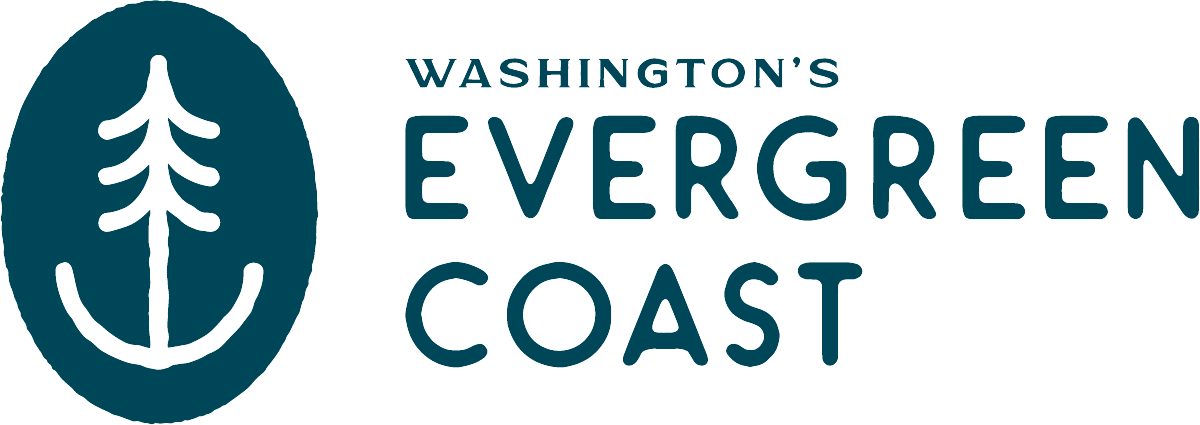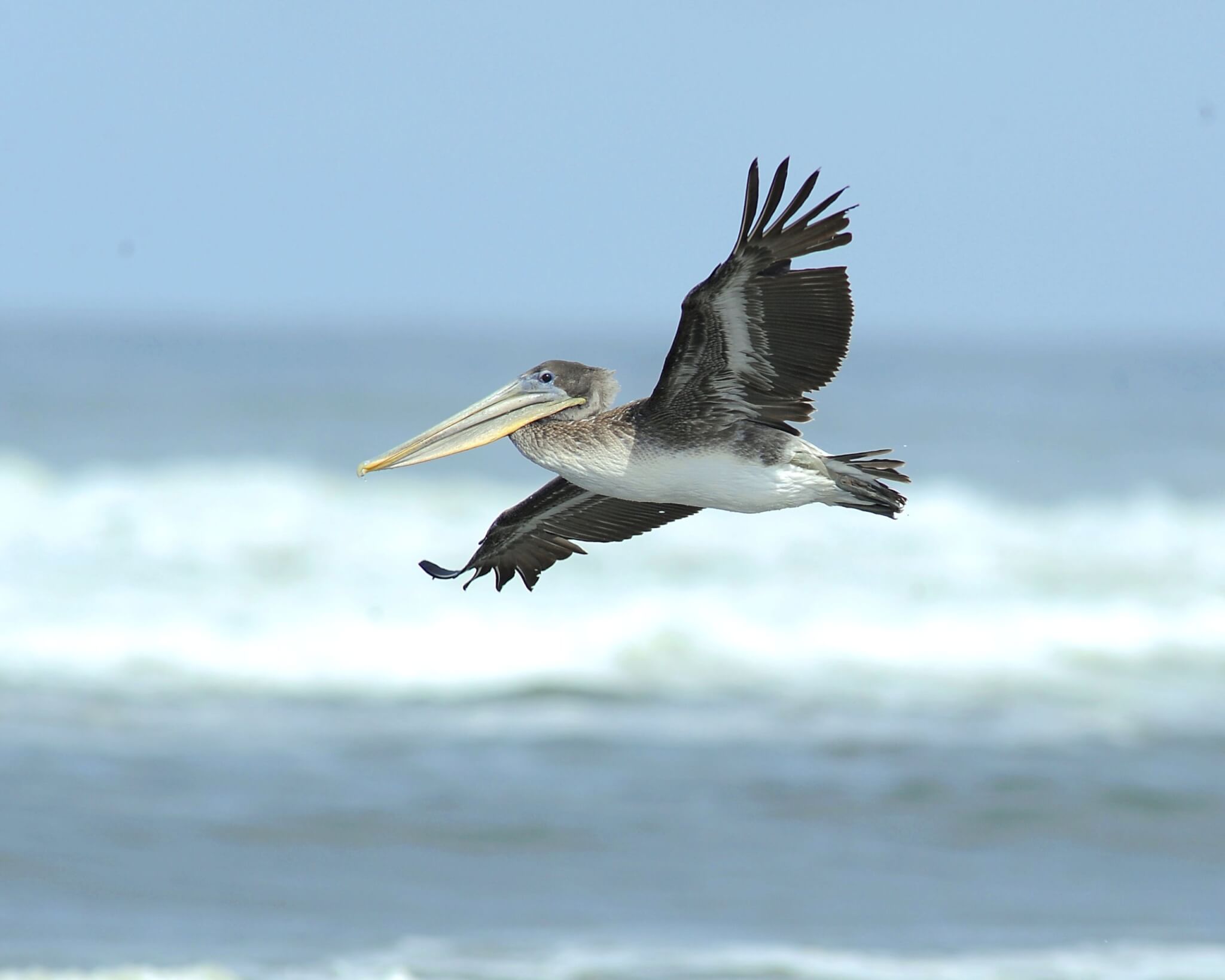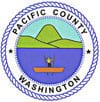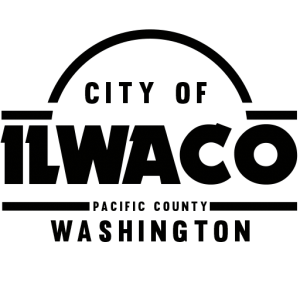Washington’s Evergreen Coast is more than just rugged shorelines, sweeping dunes, and temperate rainforests—it’s also a vibrant haven for wildlife. Stretching across Pacific County, this coastal region is teeming with birds, marine life, and forest-dwelling mammals that draw nature lovers, photographers, and families seeking awe-inspiring encounters with the natural world.
When and Where to Go
The best time for birdwatching along Washington’s Evergreen Coast is during the spring and fall migrations, when thousands of birds pass through the region’s estuaries and shorelines. For whale watching, gray whales are most commonly seen from March to May, while humpbacks and orcas are occasionally spotted offshore between July and September. Tidepool viewing is most rewarding during low tides, especially in summer when visibility is high and access is safest. For those looking to maximize their chances of seeing a variety of wildlife, top locations include the Willapa National Wildlife Refuge, Cape Disappointment State Park, Leadbetter Point, Beard’s Hollow, and the Discovery Trail—each offering its own blend of forest, beach, and bay habitats teeming with life.
Whether you’re strolling the beach, paddling Willapa Bay, or hiking into the hills, here’s a glimpse of the incredible wildlife you might spot along Washington’s Evergreen Coast:
Bald Eagles and Coastal Raptors

The skies above the coast are a birdwatcher’s paradise. Bald eagles are commonly seen soaring over beaches and estuaries, scanning for fish or perched in tall Sitka spruce trees. You might also catch sight of red-tailed hawks, peregrine falcons, and osprey—especially near river mouths and bays.
Roosevelt Elk and Black-tailed Deer
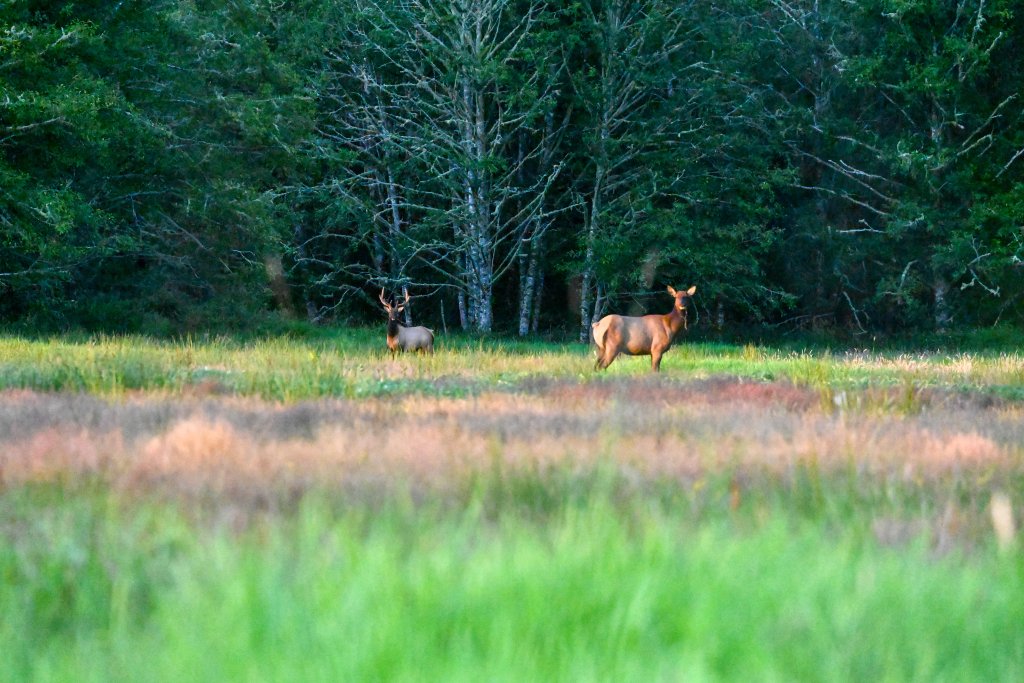
Roosevelt elk, the largest of the elk species, roam freely in the coastal forests and river valleys. Early mornings or late evenings are your best chance to spot them grazing in meadows or moving through forest clearings near places like the Willapa National Wildlife Refuge. Black-tailed deer are also abundant and often seen near trails, parks, and even neighborhoods.
Whales and Marine Mammals

Offshore, the ocean hosts incredible marine life. Gray whales migrate past the coast in spring and fall, and lucky visitors may spot them from high viewpoints at Cape Disappointment or North Head Lighthouse. In summer, orcas and humpbacks are occasionally spotted offshore as well.
Closer to shore, harbor seals haul out on rocks and sandbars, and sea lions bark from buoys or jetties near Ilwaco and Tokeland.
Tidepool Creatures and Beach Life

At low tide, rocky areas like Beard’s Hollow transform into miniature worlds of sea life. Tidepools brim with colorful sea stars, anemones, hermit crabs, and tiny fish. Watch where you step—these delicate ecosystems are best viewed with care and respect.
You may also see sand dollars, moon snails, and thousands of tiny crabs skittering along the surf line. And don’t forget the shorebirds: plovers, sandpipers, and sanderlings dart along the waves, especially during spring and fall migrations.
Wetland and Bay Wildlife
Willapa Bay is one of the most pristine estuaries on the West Coast, supporting more than 200 species of birds throughout the year. It’s a critical stopover for migratory waterfowl and shorebirds, and a year-round home to Great Blue Herons, Kingfishers, and Marsh Wrens. Kayaking or hiking through the Willapa National Wildlife Refuge offers peaceful opportunities to view birds, otters, and even the occasional beaver.
Forest and Mountain Residents
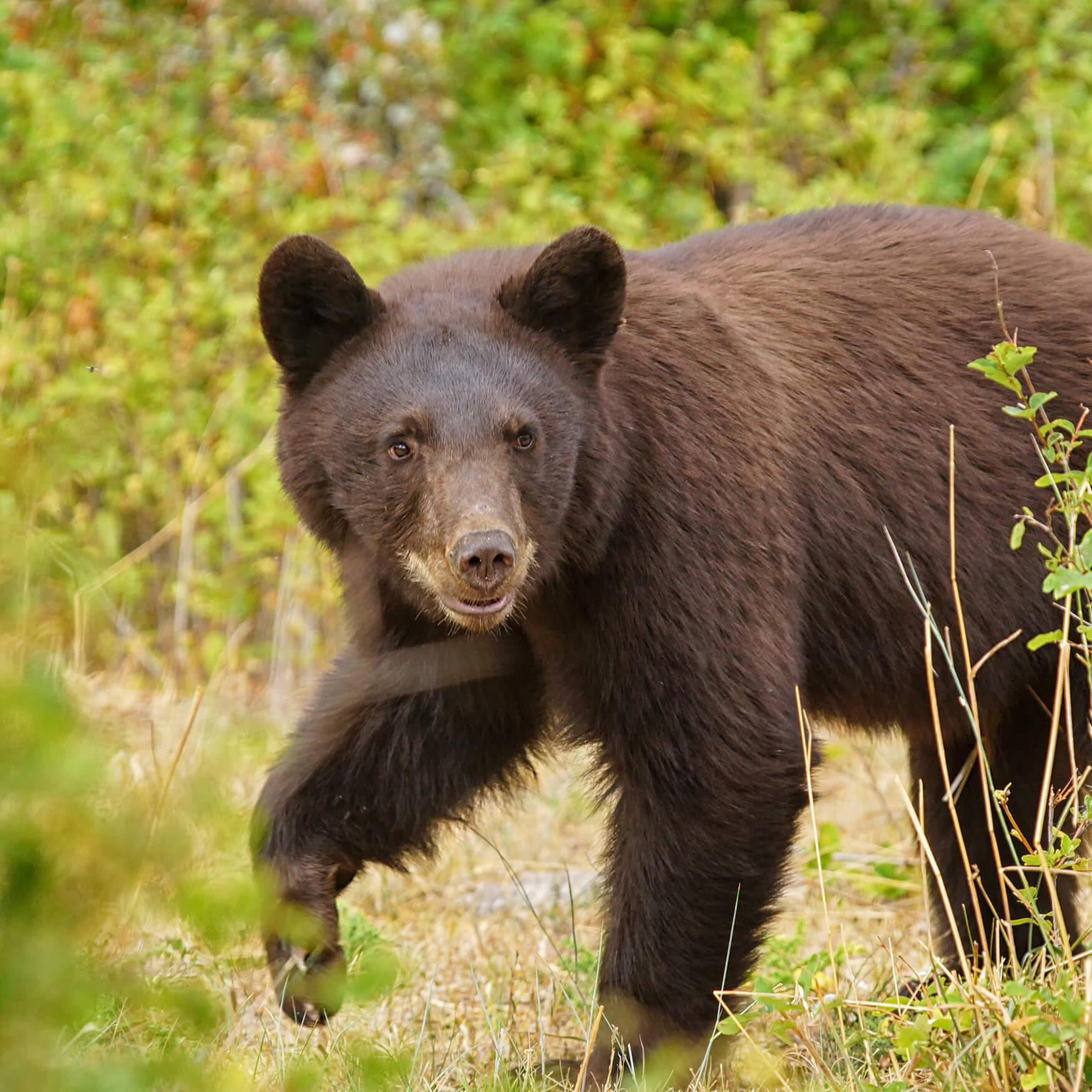
Venture inland to the hills and forests and you may find black bears (generally shy and elusive), coyotes, raccoons, and bobcats. These animals are part of the healthy forest ecosystem and tend to stay hidden from human activity—but signs of their presence, like tracks or scat, are often left behind on the trail.
Tips for Wildlife Viewing
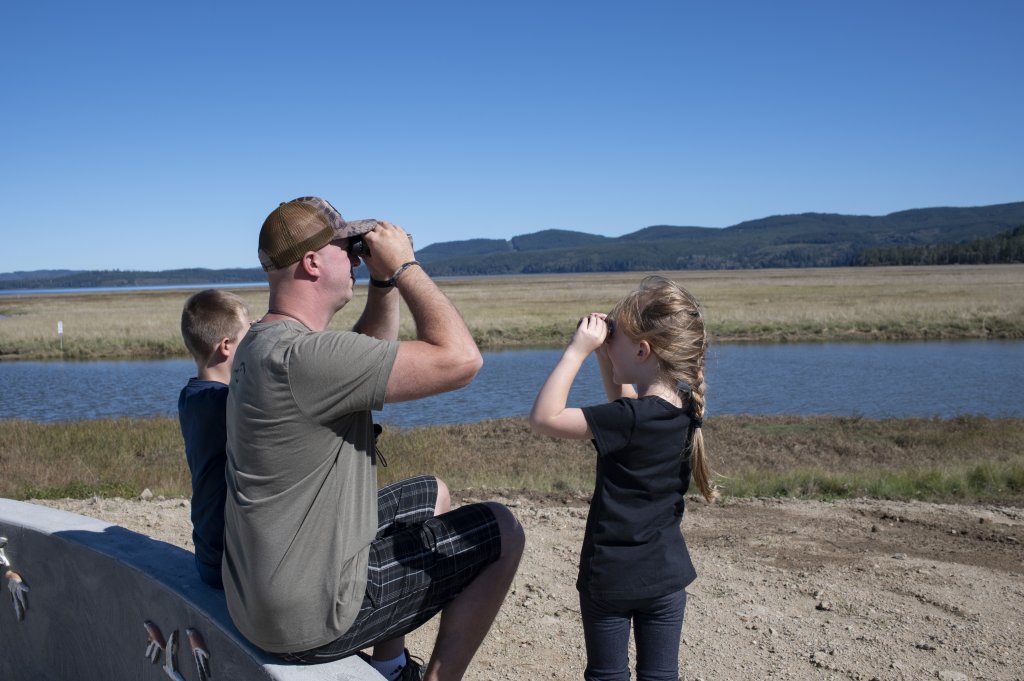
To make the most of your wildlife encounters, bring a pair of binoculars and a camera with a zoom lens so you can observe animals without disturbing them. It’s important to keep a respectful distance from all wildlife and avoid feeding them, as this disrupts natural behaviors and can be harmful to both animals and people. Move slowly and stay quiet—patience often leads to the most memorable sightings. Before heading out, check tide charts and weather conditions, especially if you plan to explore tidepools or coastal trails. And don’t hesitate to stop by local ranger stations or visitor centers, where you can get real-time updates on recent sightings, trail conditions, and the best viewing spots for the season.
Whether you’re a seasoned naturalist or just love stumbling across starfish and eagles on your vacation, Washington’s Evergreen Coast offers unforgettable wildlife moments. Take the time to look, listen, and explore—you never know what you might find.
